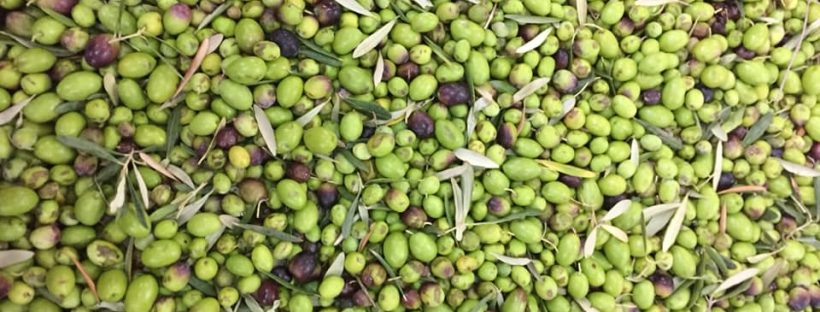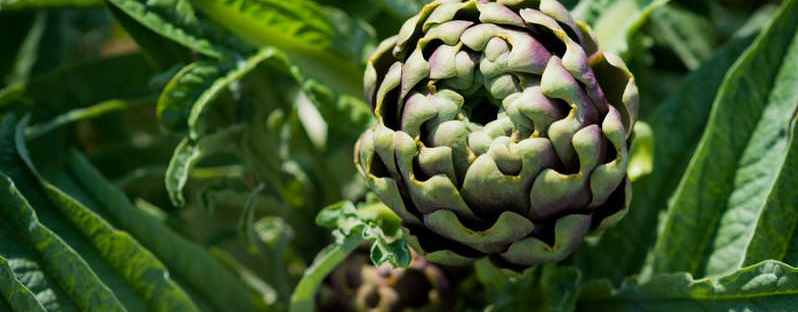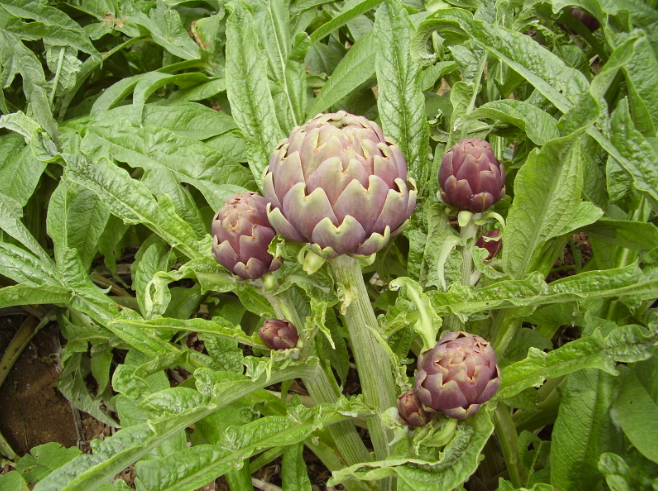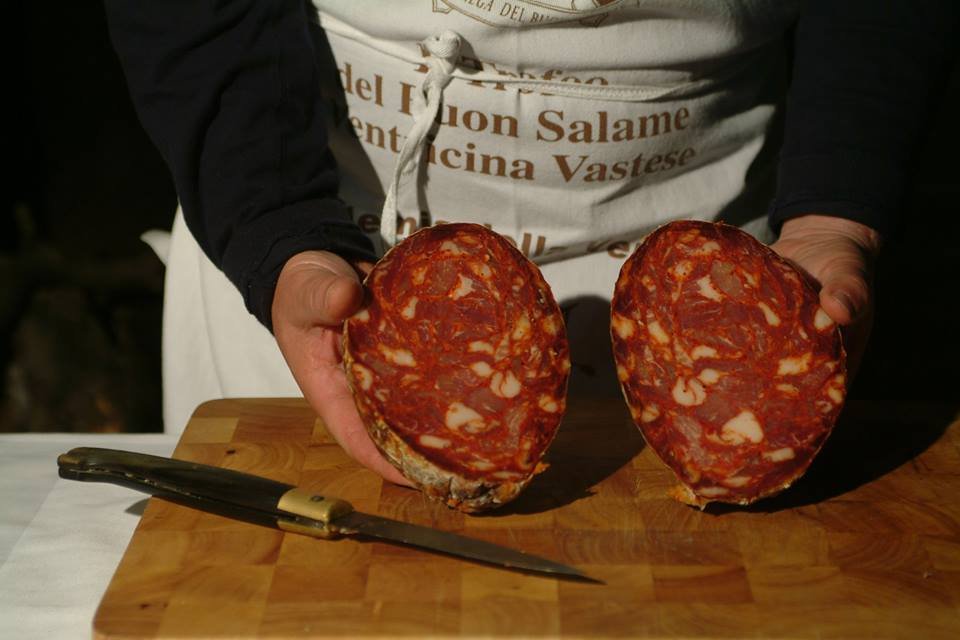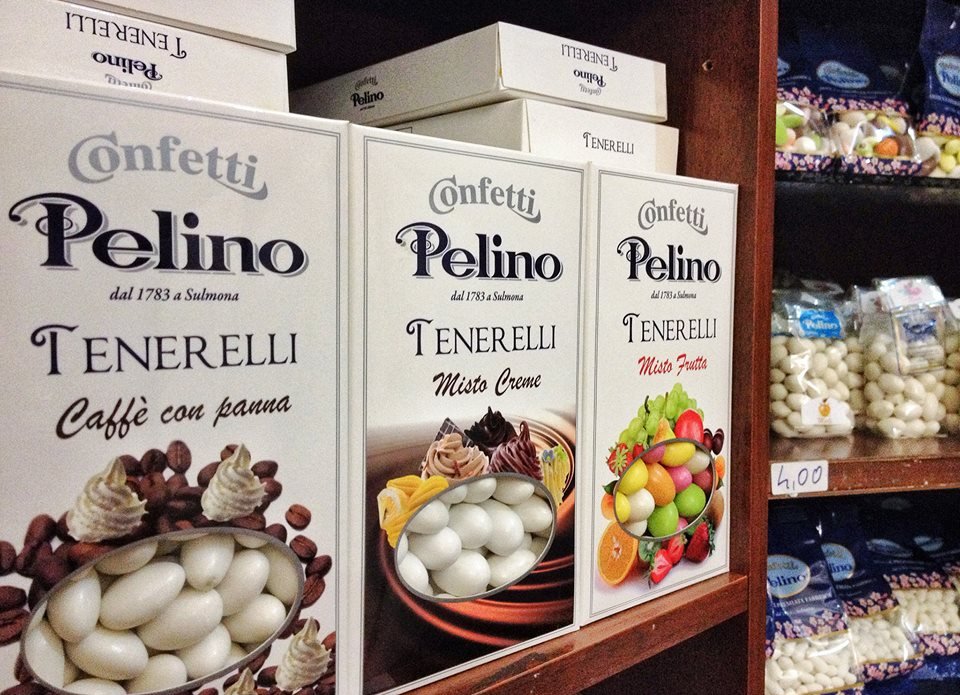This year has not been great for olive oil producers in Abruzzo. An early spring freeze damaged many groves, strong winds during the flowering season, heavy rains and the olive fruit fly attacks made the situation worse. Regional production dropped by over 20% this year. Some organic oil producers couldn’t do the harvest at all because of the poor fruit quality. One producer said to me: “A few more years like this and we might have to give up organic oil production.” Let’s hope it never comes to this. How can we help? By buying high quality extra virgin olive oil from Abruzzo! Here are a few things to know about olive oil if you want to buy the best.
- Extra virgin. Always buy extra virgin olive oil (EVOO). All other grades of olive oil are held to a lesser standard. EVOO has no defects, acidity level of no more than 0.8g per 100g and is cold pressed using only mechanic methods (pressing or centrifugation). EVOO should taste fruity, has a peppery bite to it and a bitter note. The slightest hint of stale walnuts, mustiness, soil or pond water means the oil is defective and is not extra virgin.
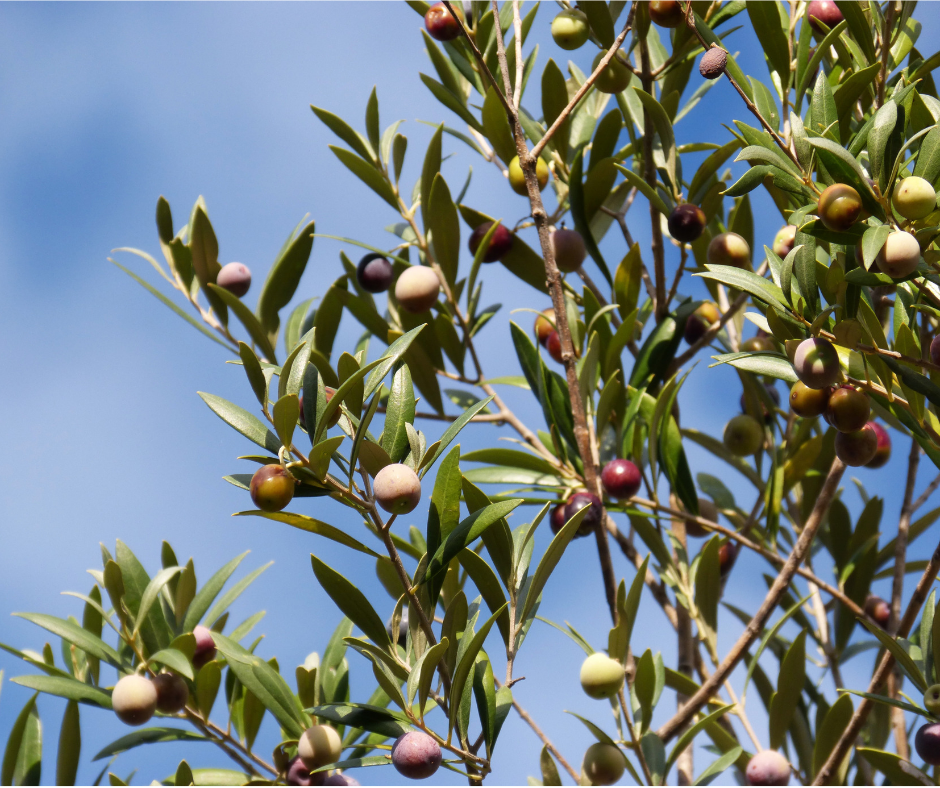
- Healthy olives. If you are buying directly from a producer, go to the olive mill and check the olives that are being pressed. Do they look healthy? Are they in perforated boxes rather than plastic sacks? The sacks make olives “sweat” and drastically reduce their quality. Surprisingly, many farmers in Abruzzo still use plastic sacks to transport their olives and sometimes store the fruit in them for several days. To make EVOO, olives have to be milled within 12 hours after the harvest otherwise they’ll lose their nutrients and flavour and could begin to ferment.
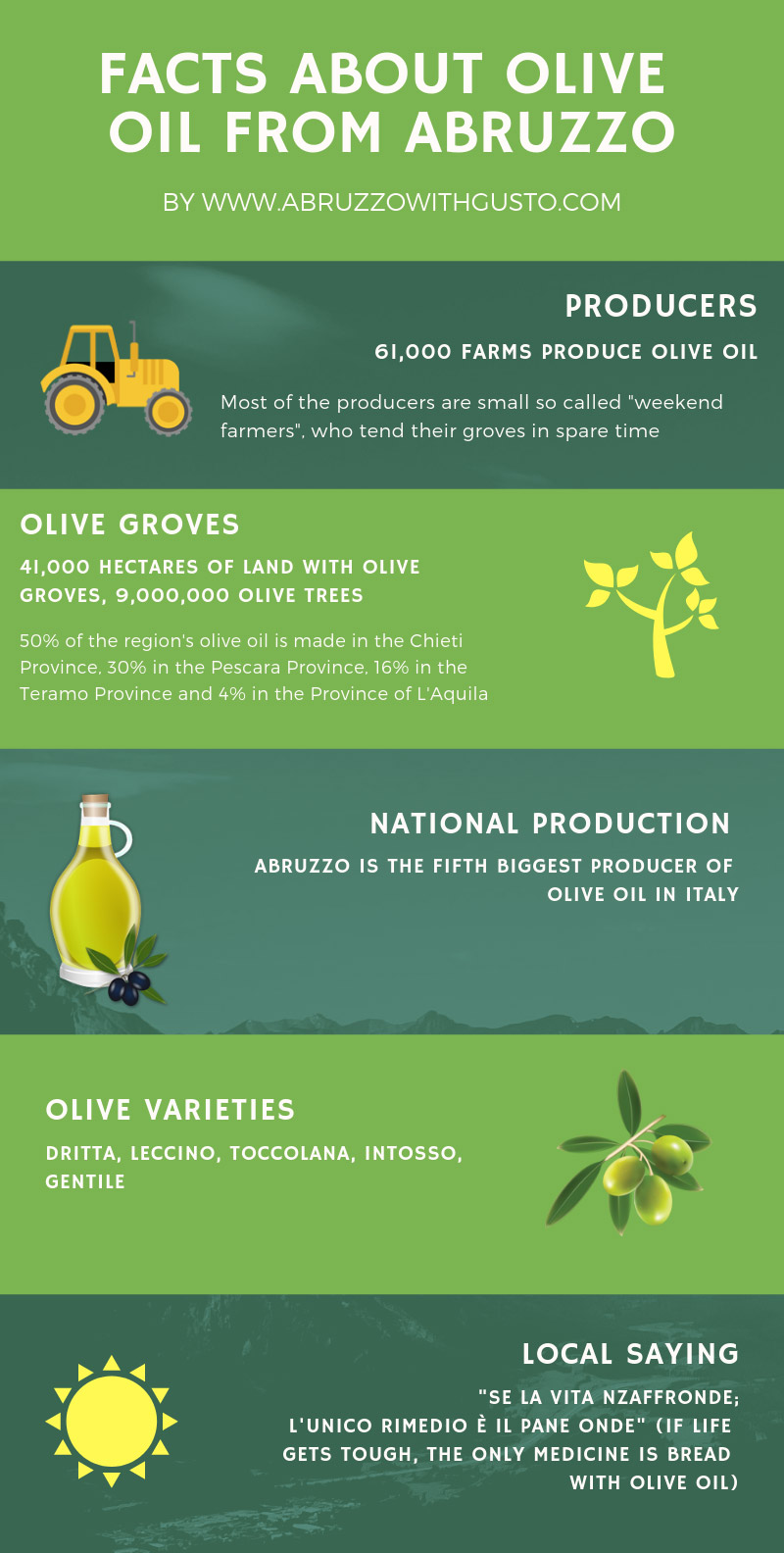
- Press type. Ask or see for yourself what kind of press the producer is using. The old style machinery with stone grinders and hydraulic presses that use round grass mats might look romantic but they significantly reduce the quality of oil. Those grinding stones and mats are very hard to clean and residues can spoil olive oil. They are also slower and the production chain is more exposed to air, so the olives oxidize quicker than in more modern machines.
- Filtered vs unfiltered. Unfiltered oil doesn’t always mean better. If you are buying large quantities of EVOO, choose filtered oil as it will last longer. Unfiltered oil tastes good and is often marketed as healthier but because of organic residues it has a very short shelf life, not more than a few months.
- Colour doesn’t matter. Our brain likes the colour green and people tend to think automatically that greener oil tastes better. So much so that some industrial scale producers tint their cheap olive oil green to help sales. The truth is the colour never reflects the quality. That’s why professional tasters use blue glasses, so the oil’s colour doesn’t affect their judgements.

- DOP. Look for “DOP” (Protected designation of Origin) on the label as it is a guarantee of quality. It means that the oil was was produced, processed and prepared in a given geographical area following strict standards. There are three DOP areas for oil in Abruzzo: Aprutino Pescarese, Colline Teatine, Pretuziano delle Colline Teramane.
- Single cultivar vs blend. You’ll find different olive cultivars in each Italian region. In Abruzzo, the most prevalent are Gentile, Intosso, Toccolana, Leccino, Dritta. Each varietal has particular characteristics and a unique taste. For instance, Dritta oil is milder than others, with a note of artichoke. Intosso olive oil is characterised by intense taste, with a hint of fresh walnuts and tomato leaves. If you after an olive with a strong character, go for a single cultivar (it will say “monocultivar” on the bottle). Blends tend to be milder and tamer.
- Cooked or raw. Single varietals tend to have more character and a stronger taste, so you might want to use them raw, e.g. on salads. I cook and bake with an oil, which is a mild blend of Dritta, Leccino and Gentile. I find that the peppery Toccolana and more bitter Intosso are best generously drizzled on a slice of fresh bread or on raw vegetables.

- Heat, light and air. These are olive oil’s enemies. Never buy olive oil in a clear glass bottle even if the label says “extra virgin olive oil”. Light trigger the oxidation process and it quickly becomes rancid. Keep your EVOO in dark glass bottles in a cool place where the temperature never exceeds 20C (ideally it should be between +14C and +18C), so a wine cellar or a dark basement would be the best places. I keep bottles of olive oil in a refrigerator. It solidifies (a good sign, which means it is monounsaturated, the real deal!) and the natural waxes crystallise. I take it out of the fridge 30 mins before using it and it becomes liquid again without any harm to the flavours. In proper conditions, extra virgin olive oil should keep for up to two years.
- Bitterness is good. Olives are bitter, so a bitter note in EVOO is a sign of quality and freshness. Younger olives make more peppery and bitter oil. Certain cultivars can be bitterer than others, so train your palate and find the level of bitterness you love. If you like bitter chocolate or beers like ale, stout, porter, you will find it easier to enjoy fresh stronger EVOO.
